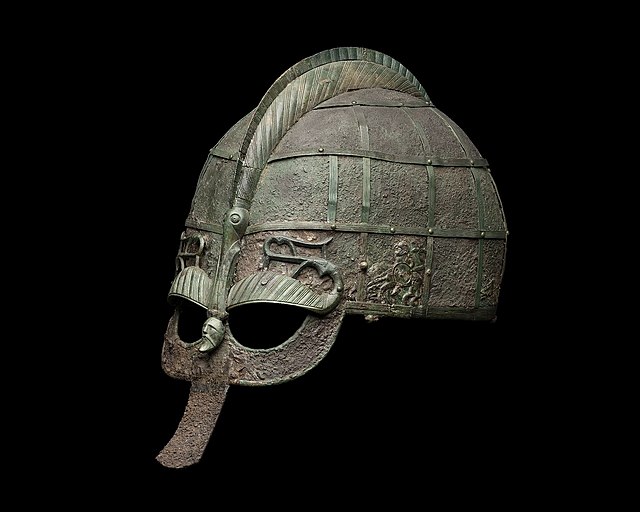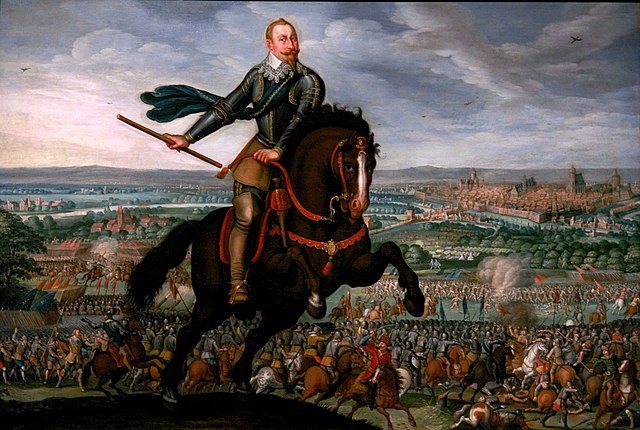Scania, also known by its native name of Skåne, is the southernmost of the historical provinces of Sweden. Located in the south tip of the geographical region of Götaland, the province is roughly conterminous with Skåne County, created in 1997. Like the other historical provinces of Sweden, Scania still features in colloquial speech and in cultural references, and can therefore not be regarded as an archaic concept. Within Scania there are 33 municipalities that are autonomous within the Skåne Regional Council. Scania's largest city, Malmö, is the third-largest city in Sweden, as well as the fifth-largest in Scandinavia.
Letter from Eric of Pomerania dated 1437, with a description of the arms granted to the city of Malmö.
The coat of arms of Scania in an engraving from 1712 in Erik Dahlbergh's Suecia Antiqua et Hodierna.
Ale's Stones, a stone ship (burial monument) from c. 500 AD on the coast at Kåseberga, around ten kilometres (6.2 miles) south east of Ystad.
Front page of the 1720 peace treaty between Denmark and Sweden, Swedish version
Sweden, formally the Kingdom of Sweden, is a Nordic country located on the Scandinavian Peninsula in Northern Europe. It borders Norway to the west and north, Finland to the east, and is connected to Denmark in the southwest by a bridge–tunnel across the Öresund.
A Vendel-era helmet, at the Swedish Museum of National Antiquities
The Tjängvide image stone dating from 800 to 1099, example of Viking art
Gustav I liberated Sweden from Christian II of Denmark, ending the Kalmar Union. He established the House of Vasa which ruled Sweden and Poland until the 17th century.
Gustavus Adolphus at the Battle of Breitenfeld in 1631








